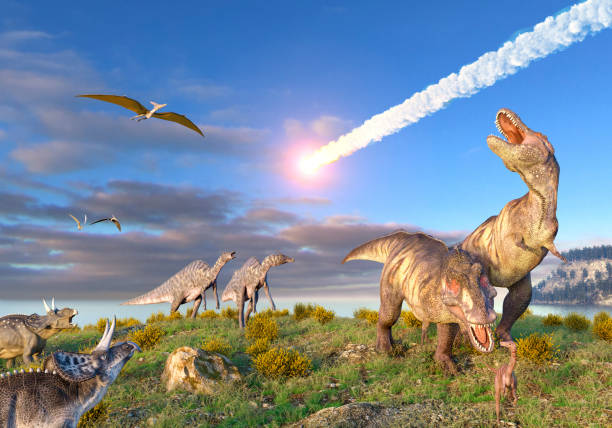Dinosaur Day: 7 interesting facts about the animal that will blow your mind
Whether you're a curious learner or a dino enthusiast, here are 7 incredible dinosaur facts that will blow your mind and challenge everything you thought you knew about these ancient rulers of the Earth
- FB
- TW
- Linkdin
Follow Us
)
Some Dinosaurs Had Feathers — Not Scales!
While we often imagine dinosaurs as scaly beasts, many, especially theropods like Velociraptor, had feathers. Some scientists believe they were colorful, possibly even used for display, warmth, or flight.
The Word "Dinosaur" Means "Terrible Lizard" — But They're Not Lizards
Coined in 1842 by Sir Richard Owen, "dinosaur" comes from Greek: deinos (terrible) + sauros (lizard). But dinosaurs aren’t true lizards — they’re a distinct group of reptiles, more closely related to birds than modern lizards.
T. Rex Had a Bite Stronger Than Any Living Animal
The Tyrannosaurus rex had a bite force of over 12,000 pounds — strong enough to crush bone. That’s more powerful than a crocodile’s bite and even some industrial crushers!
Dinosaurs Lived on Every Continent
Fossils have been found on all seven continents, including Antarctica. Back then, Earth’s climate was warmer, and the continents were arranged differently (Pangaea), allowing dinosaurs to roam freely across vast areas.
Birds Are Modern-Day Dinosaurs
Yes, really! Birds evolved from small feathered theropods and are considered the only living dinosaurs. That sparrow outside your window is more closely related to a Velociraptor than to a crocodile.
Some Dinosaurs Were the Size of Chickens
Not all dinosaurs were giants. The Microraptor was only about the size of a chicken and had four wings, suggesting it could glide or even fly short distances.
The Asteroid That Wiped Out the Dinosaurs Hit with the Force of 10 Billion Atomic Bombs
About 66 million years ago, a 6-mile-wide asteroid struck Earth near the Yucatán Peninsula. The impact unleashed global firestorms, acid rain, and a "nuclear winter," wiping out 75% of life — including the non-avian dinosaurs.
